
1. Laptop or Notebook
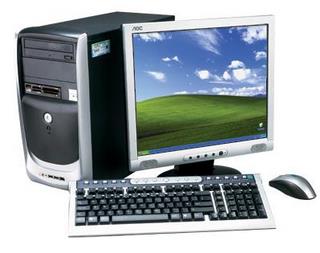
2. Desktop or PC

3. Netbook mini, or subnotebook

4. Personal Digital Assistant, or handheld (iPod)
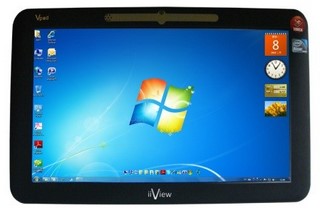
5. Tablet

6. Smartphone
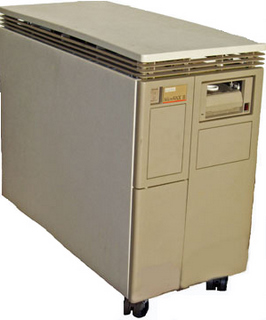
7. Minicomputer
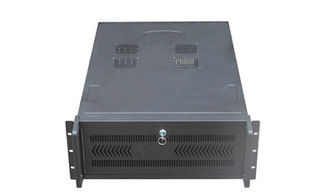
8. Rackmount
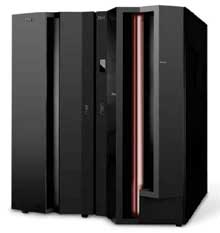
9. Mainframe
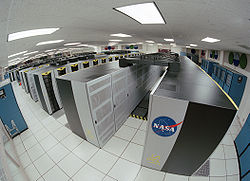
11. Supercomputer
 1. Laptop or Notebook |
 2. Desktop or PC |
 3. Netbook mini, or subnotebook |
 4. Personal Digital Assistant, or handheld (iPod) |
 5. Tablet |
 6. Smartphone |
 7. Minicomputer |
 8. Rackmount |
 9. Mainframe |
 11. Supercomputer |